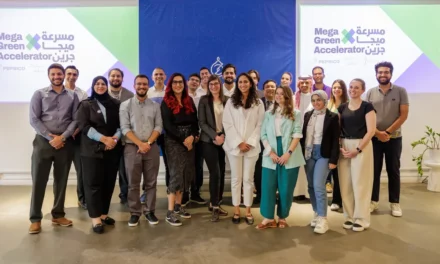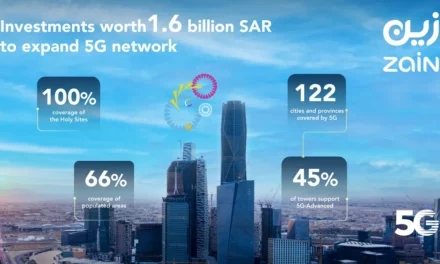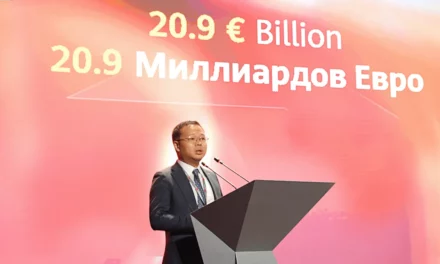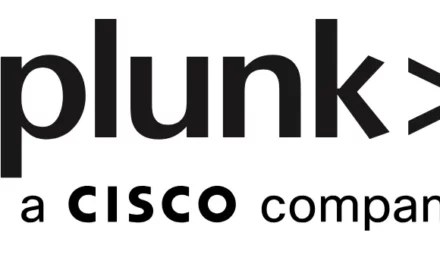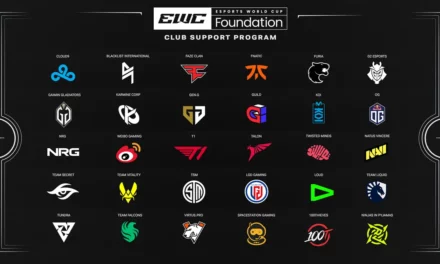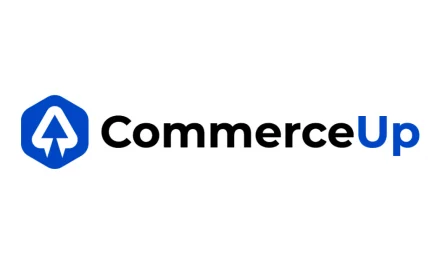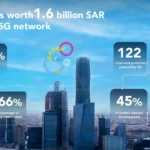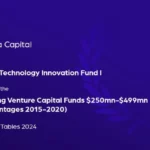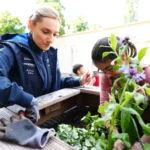
Organizations view procurement as increasingly strategic
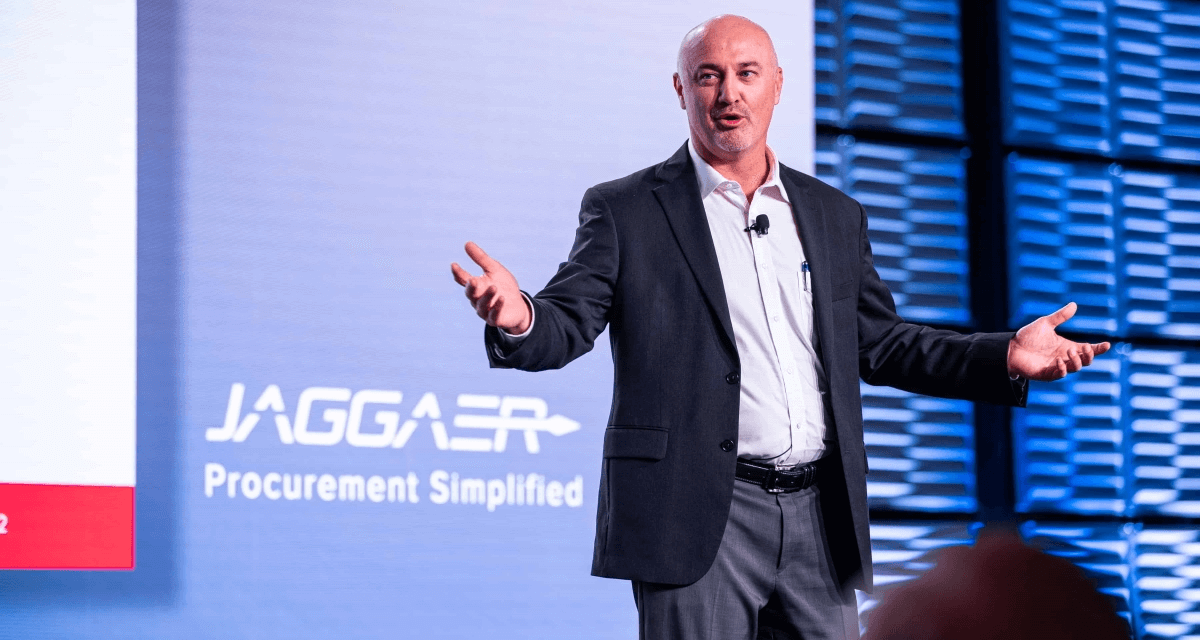
IPG-JAGGAER survey identifies steady overall progress but also a “Covid-19” effect
Dubai, United Arab Emirates, March 7, 2021: Procurement remains heavily weighted towards operational as opposed to strategic functions, but the latest survey conducted by Swiss-based innovation consultancy IPG Group and leading spend management technology company JAGGAER has identified an ongoing shift towards the strategic.
Between July and October 2020, chief procurement officers, directors of procurement, and other senior executive-level decision-makers participated in the 2020 Procurement Performance Excellence (PPE) Survey. The PPE method is based on a proven approach developed by IPG in the early 2000s and regularly adapted to the changing best practices in procurement. In 2016, IPG conducted a similar study, enabling analysis of progress over the past four years.
“The main positive from this report, in my opinion, is that procurement is viewed more strategically than four years ago. Heads of procurement have moved up the hierarchy. This gives procurement the visibility and proximity to the leaders of the stakeholder functions that they need to push for change, for investment, and project sponsorship,” JAGGAER CEO Jim Bureau said.
It seems that Covid-19 negatively impacted the supplier portfolio structure pyramid compared with 2016 and, as a result, slightly diluted the rate of concentration on key suppliers, defined in this context as large suppliers that account for 80% of spend volume, although it remains high.
The survey report also indicated that the average number of suppliers managed by a strategic procurement professional had increased considerably, from six in 2016 to 16 in 2020. “This would seem to be a blip caused by Covid-19 because it is unsustainable for any length of time,” commented Carsten Vollrath, Founder, IPG Group.
“2020 was, of course, an exceptional year. Consequently, some of the results have been influenced by the ‘Covid-19 effect’. One likely impact is that more strategic approaches to procurement technology may have had to take a backseat. At the same time, companies digitalize those functions that enable them to weather the storm, for example, by facilitating remote working and paper-free document exchange,” Vollrath added.
, According to the report authors, the identified average performance can be interpreted as “underdeveloped” in relation to the new normal of digital procurement standards.
“The level of maturity is limited to digitization and surfacing of information – and analytics that goes deeper and would bring greater efficiency, has not yet been widely adopted,” said Michael Rösch, SVP Customer Engagement Europe, JAGGAER.
The survey found that 70% of participants have at least started to digitize highly standardized procurement processes. Still, the high number of operational procurement employees (on average, 125 operational procurement FTEs to 37 strategic procurement FTEs) indicates that there is still lots of potential for further digitalization and automation.
“Just 17% are doing simulations, and a tiny 2% are already doing predictive analytics – we expect this figure to increase significantly as business turbulences will continue to rise and predictions become more and more critical to procurement success,” Rösch said.
The survey report is available for free download from IPG Group and JAGGAER. Participants in the survey receive individualized reports, enabling them to benchmark their organizations’ performance against the survey averages. Webinars presenting the main findings are scheduled for March 17 (English) and March 16 (German).

